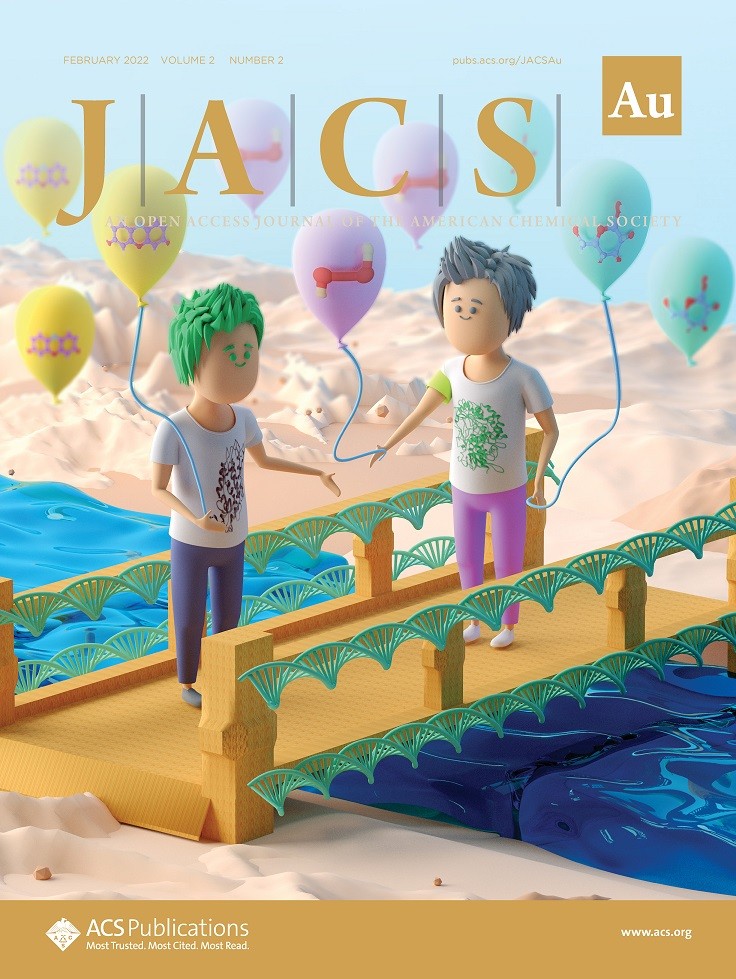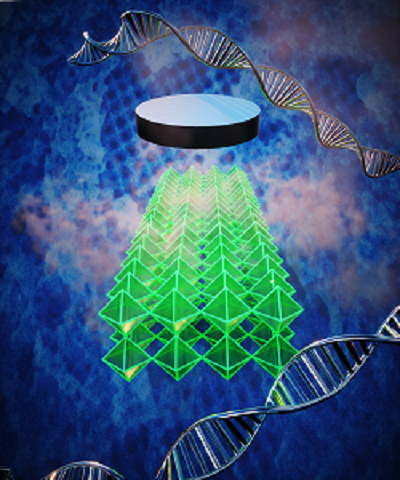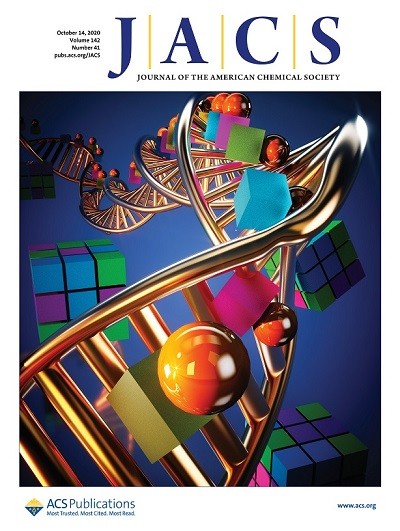Our efforts are focused on establishing experimental methods for creating designed nanomaterial systems through self-organization. We integrate nanoparticles, biomolecules and polymers into unified systems to take advantage of their unique properties, and to exploit the emergent phenomena. Using tailored nano-structures, molecular recognitions, and macromolecular plasticity, we investigate how to build designed nanoscale systems with precise architectures, re-configuration properties, and the ability to react and process energy.
Our lab develops platform approaches for digitizing bottom-up nano-fabrication, and enabling dynamic control and animation of material systems. The lab explores applications of novel self-assembled nanomaterials for targeted functions, from optics to nanomedicine, and from catalysis to signal processing.
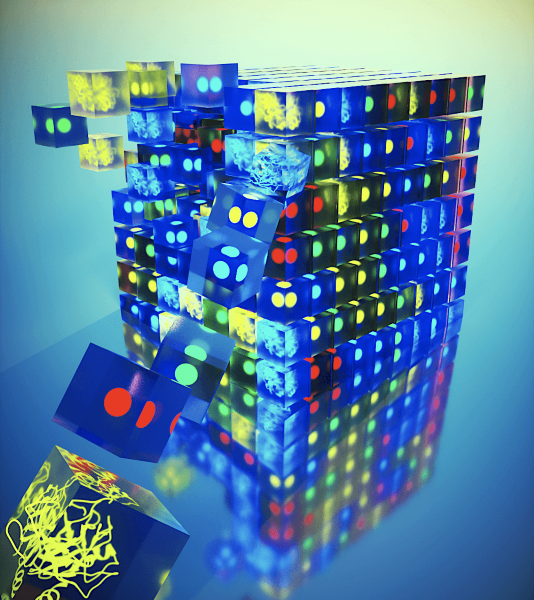
Research Focus
Programmable Nanoscale Assembly
One of the fundamental problems in bottom-up assembly of nanomaterials is difficulty creating arbitrary designed architectures from functionally relevant nanoscale blocks. This problem limits how we build targeted materials, integrate nanoscale blocks and manufacture nanoscale devices.
Engineered Nanoscale Biomaterials
Novel approaches are required for generating new biologically and chemically active biomaterials. For example, it is advantageous to establish methods for organizing proteins into designed 2D and 3D arrays, which remains a challenge for traditional protein crystallization. The capability to design controllable protein supramolecular structures can allow accumulation of a wealth of information (e.g., structure, genetics, function) onto a single structure, leading to a broad spectrum of application in nanotechnology, biomimetics and nanomedicine.
Self-Assembled Optical Nanomaterials
Architectured nanoparticle systems with light emitting and light absorbing nanoscale components, such as plasmonic nanoparticles and quantum dots, offer novel optical properties due to the collective effects. However, in order to realize tunable optical responses from such hetero-nanoparticle systems, well-defined nano-architectures with targeted nanoparticle arrangements have to be fabricated.
News

2nd year PhD candidates Alexia Yun and Crystal Lee won the Best Poster Award for symposiums at the Fall Materials Research Society (MRS) conference
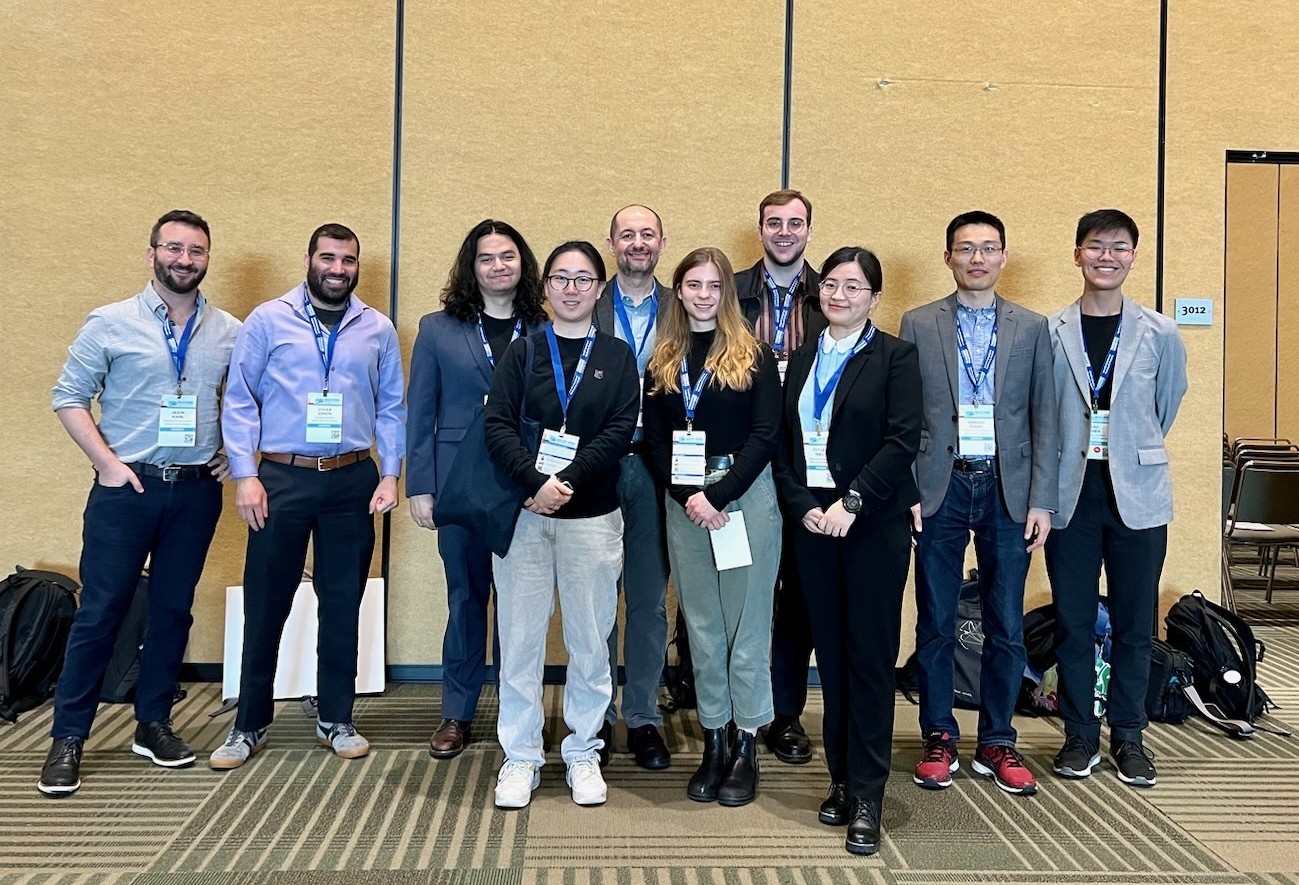
PhD candidates Brian Minevich and Dan Redeker won the Outstanding Graduate Student Award in Aggregation-Based Crystallization Research at the Sprin
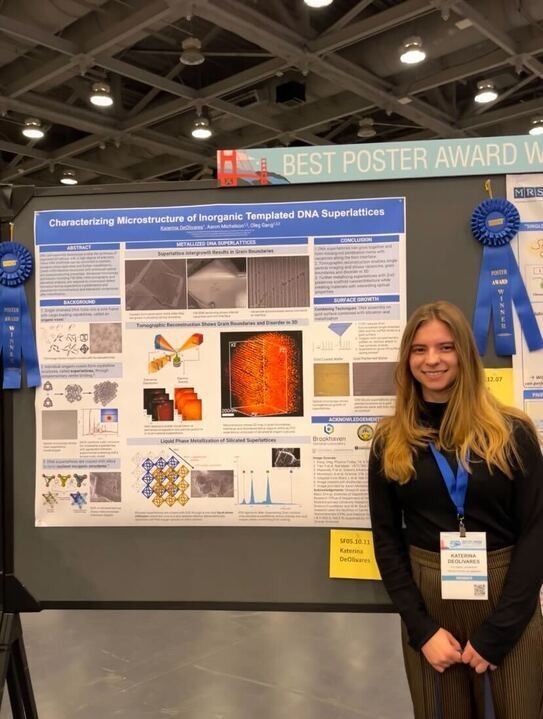
Katerina DeOlivares, a 1st year PhD student in the Gang lab, received an award for best poster at the Spring Materials Research Society (MRS) confe

Work by Aaron Michelson and Brian Minevich of the Gang Group has recently been published in the journal Science.
A paper from Professor Gang's group is featured on the February 2022 issue of JACS Au.
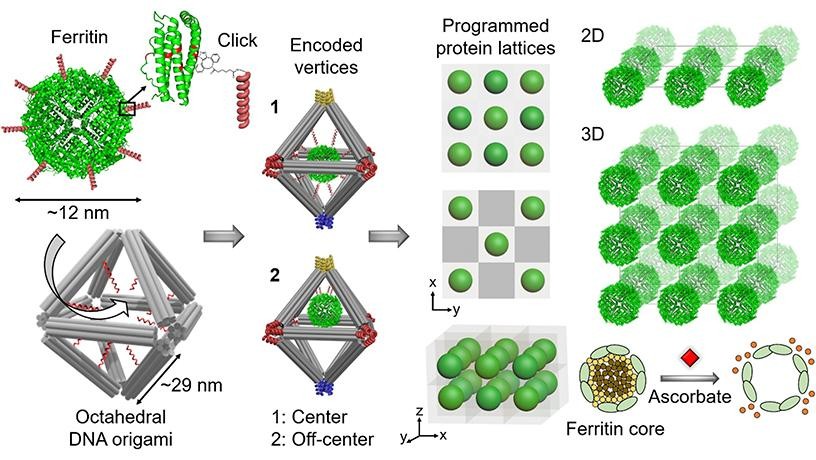
Work done by Professor Gang's group on the development of DNA-based assembly methods to construct biologically active 2D and 3D protein arrays has
3/11/2021 Update: This paper received increased recognition from Materials Today. See the link for more detail:
A paper from Professor Gang's group is featured on the cover of the October 14, 2020 issue of JACS.
Nature Materials features a paper from Professor Gang's group on the cover of the journal's July 2020 issue.

